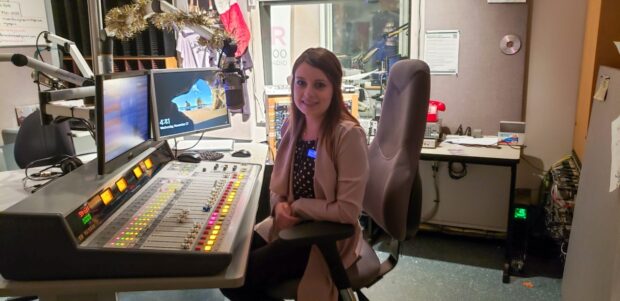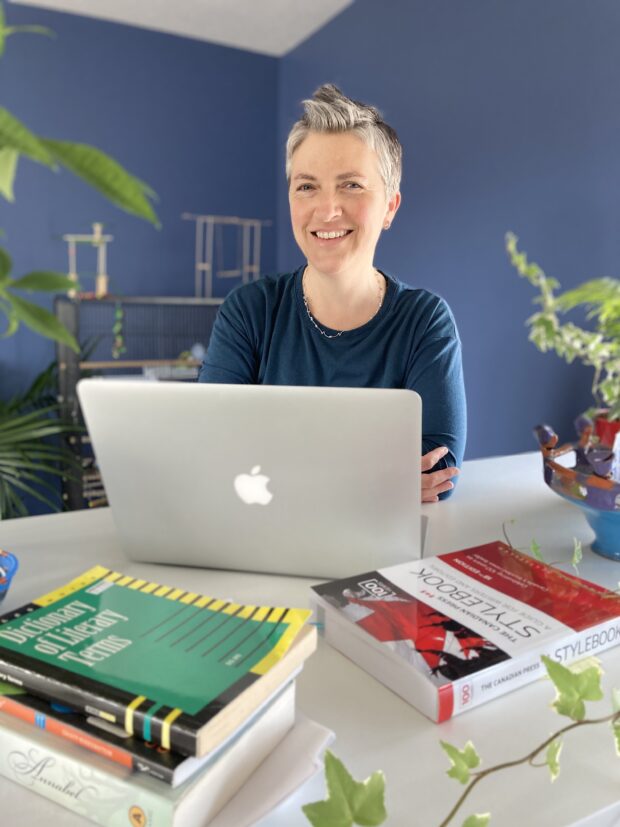When the pandemic began last year and the college switched to remote learning, Jessica Bilson, a radio broadcasting professor at Algonquin, says her initial reaction was to feel uncertain.
“Many of us thought ‘how are we possibly going to teach a class about radio when we’re all online, in our own homes, and not in the actual radio station?’” Bilson said.

Instructors had their first remote teaching experience on March 23, 2020. At that point, they were thrust into a position that was unlike any they had ever seen before.
Professors typically teach more or less the same material every year. The class is the same, the students are different and teachers have, over many years, found ways to make the content engaging to best educate students. They had to adapt to uncertain circumstances. Many who taught more hands-on courses – like Bilson – had to think quickly.
Now, just over a year later, many have tailored their curriculum to this new medium and have enjoyed the challenges that came with it.
Bridgette Lark Brown, a partial-load professor at Algonquin College, says so far she’s had fun.
“I’ve been able to enjoy the spontaneity of teaching online,” said Lark Brown. “I’ve made some mistakes and learnt to be humble and work my way through these errors. I’ve also been able to be more critical of my teaching and reflective in my process because I have had the chance to watch my Zoom videos, these are truly mortifying to watch, but clearly show me where I need to work on my delivery.”

While teachers have begun adapting to remote learning, some issues have arisen from the uncertainty of the new learning methods.
“Some drawbacks faculty have identified to teaching virtually: student engagement is low, it’s harder to connect with students in meaningful ways and [there are] academic integrity issues,” said Rebecca Wakelin, an educational developer with the Learning and Teaching Services at Algonquin College.
Another downside that comes with online learning is the fear of teachers burning out.
“Many faculty found this pivot very stressful and time-consuming, often reporting that preparing for a remote class takes three times or more the amount of time it takes to prepare for a similar face-to-face class while being difficult to gauge the level of learning of the students,” said Wakelin. “This can be quite jarring for teachers who are used to the real-time feedback on whether the students are getting it that teaching in a classroom provides.”

While professors have reported an increase in stress and workload as they transition online, according to a feedback survey sent out from the Learning and Teaching Services that saw over 250 responses, teachers seemed to be optimistic about remote learning.
“Overall, most faculty reported a massive increase in workload with the shift to online,” said Wakelin. “But despite that, they’re feeling more confident now that they’re designing effective learning for their students. Surprisingly, many would love to continue to teach remotely, where possible, post-pandemic.”
Bilson remains upbeat about the situation.
“Overall, I think we’ve done a fantastic job of switching to remote learning and I’m confident most students in our program would agree,” said Bilson.


